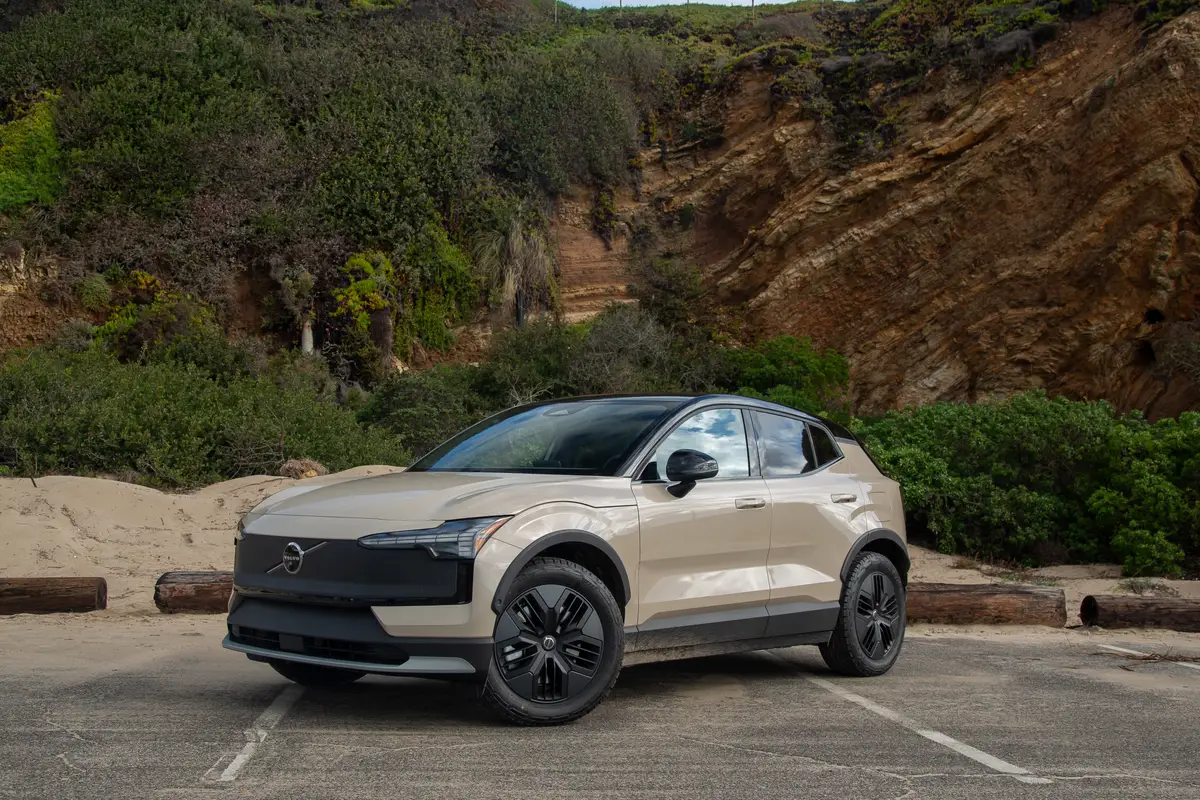Plug-In Tax Credit Passes House: $5,000 for Chevy Volt


Buried in the bill that’s popularly dubbed the Off-Shore Drilling Bill, or H.R. 6899, is a section that details a tax credit for “New Qualified Plug-In Electric Drive Motor Vehicles.”
The credit kicks off at $3,000, and for every kilowatt hour of the battery over 5 kwh, it goes up $200, to a maximum of $5,000. That means the Chevy Volt — at 16 kwh — would get a total tax credit of $5,000. No other automaker has officially announced a plug-in electric vehicle for sale in the U.S.
This new credit will have an identical lifespan — 60,000 vehicles per company — as the original tax incentives for non-plug-in hybrids, with a similar reduction plan that reduces the credit by 50% and 25%, then down to nothing. The credit would go into effect after Dec. 31, 2008.
There are a number of restrictions we list below that are pretty cut and dried — very dry.
(d) New Qualified Plug-In Electric Drive Motor Vehicle, For purposes of this section
(1) IN GENERAL — The term “new qualified plug-in electric drive motor vehicle” means a motor vehicle —
(A) the original use of which commences with the taxpayer,
(B) which is acquired for use or lease by the taxpayer and not for resale,
(C) which is made by a manufacturer,
(D) which has a gross vehicle weight rating of less than 14,000 pounds,
(E) which has received a certificate of conformity under the Clean Air Act and meets or exceeds the Bin 5 Tier II emission standard established in regulations prescribed by the Administrator of the Environmental Protection Agency under section 202(i) of the Clean Air Act for that make and model year vehicle, and
(F) which is propelled to a significant extent by an electric motor which draws electricity from a battery which —
(i) has a capacity of not less than 4 kilowatt hours, and
(ii) is capable of being recharged from an external source of electricity.
(2) EXCEPTION – The term “new qualified plug-in electric drive motor vehicle” shall not include any vehicle which is not a passenger automobile or light truck if such vehicle has a gross vehicle weight rating of less than 8,500 pounds.
(3) MOTOR VEHICLE – The term “motor vehicle” means any vehicle which is manufactured primarily for use on public streets, roads, and highways (not including a vehicle operated exclusively on a rail or rails) and which has at least 4 wheels.
(4) OTHER TERMS – The terms “passenger automobile,” “light truck,” and “manufacturer” have the meanings given such terms in regulations prescribed by the Administrator of the Environmental Protection Agency for purposes of the administration of title II of the Clean Air Act (42 U.S.C. 7521 et seq.).
(5) BATTERY CAPACITY – The term “capacity” means, with respect to any battery, the quantity of electricity which the battery is capable of storing, expressed in kilowatt hours, as measured from a 100 percent state of charge to a 0 percent state of charge.

Former managing editor David Thomas has a thing for wagons and owns a 2010 Subaru Outback and a 2005 Volkswagen Passat wagon.
Featured stories





